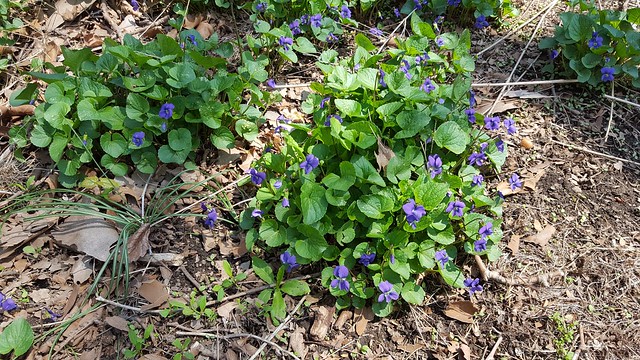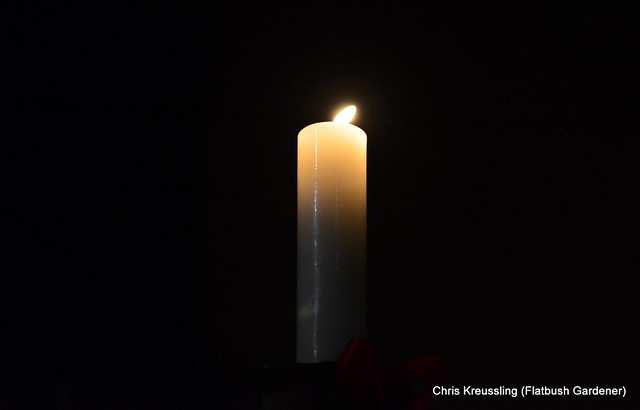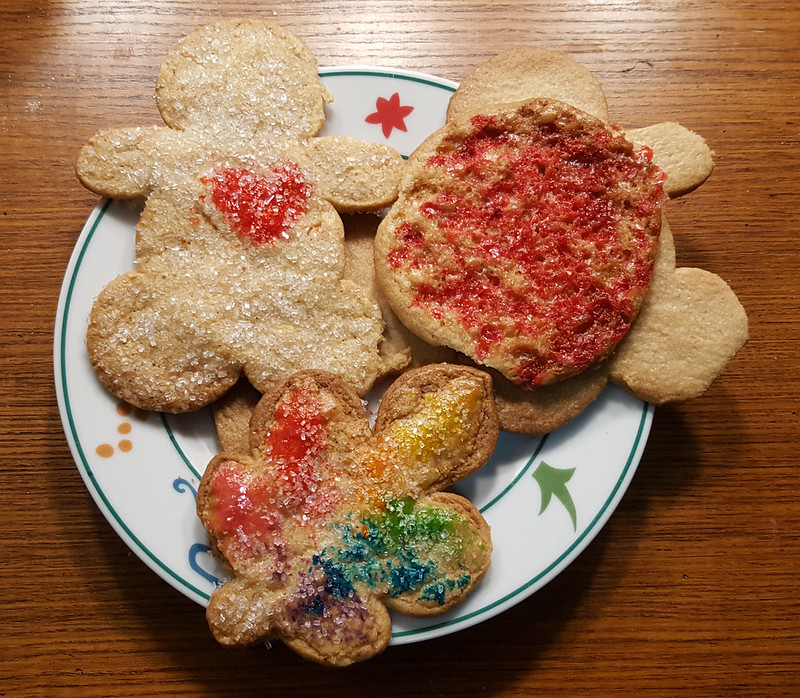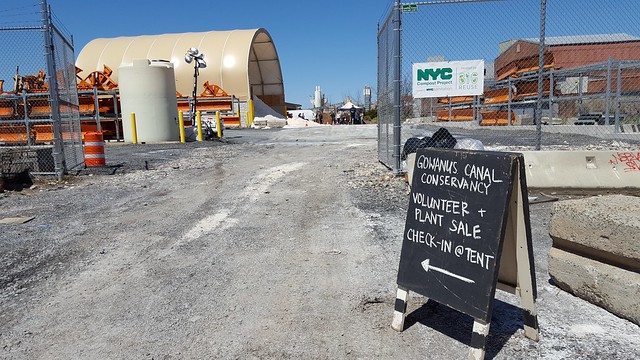
The "weedy" remnants of my front lawn, where
Viola sororia, common blue violet, has taken charge. Easily overlooked, it seeds itself readily without any help from me (or any other gardener). Yet this species is native to New York City. It's one of
my iNaturalist observations from my garden for this year's
City Nature Challenge.
Today, Sunday, April 29th, is day 3 of the global
City Nature Challenge, which continues into tomorrow. Building on the explosive popularity of
iNaturalist as a platform for observations, this gamified bioblitz pits cities against each other, to see which can identify more taxa of living species in a 96-hour period.
NYC is currently is 6th place globally, and 4th nationally. There are still plenty of opportunities to join special events organized for
New York City, with events in 4 of our 5 boroughs
today, and more
tomorrow.
I wasn't able to take part in yesterday's festivities. This weekend, I have to get my garden ready for this season's garden tours. Armed with only my phone, I kept an eye out for anything I might see, uncover, or unearth. I was rewarded.




